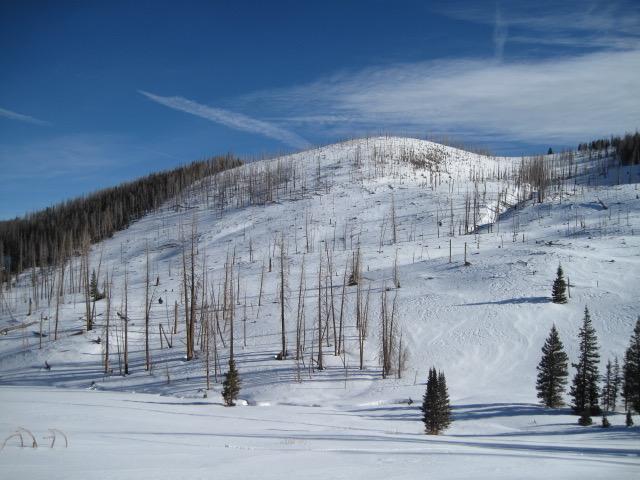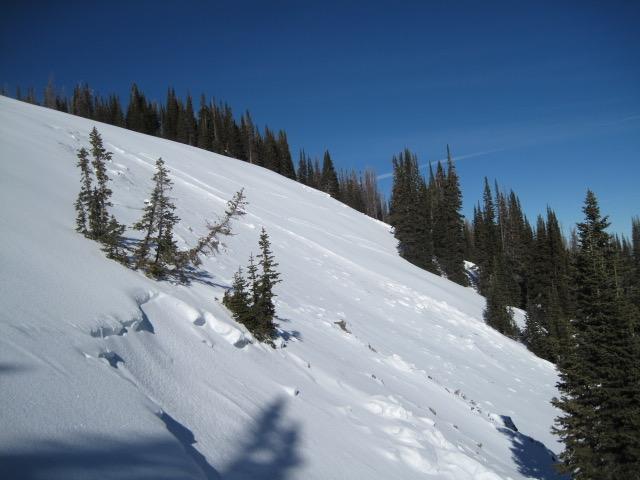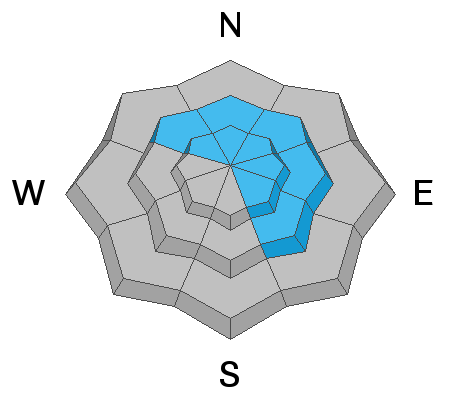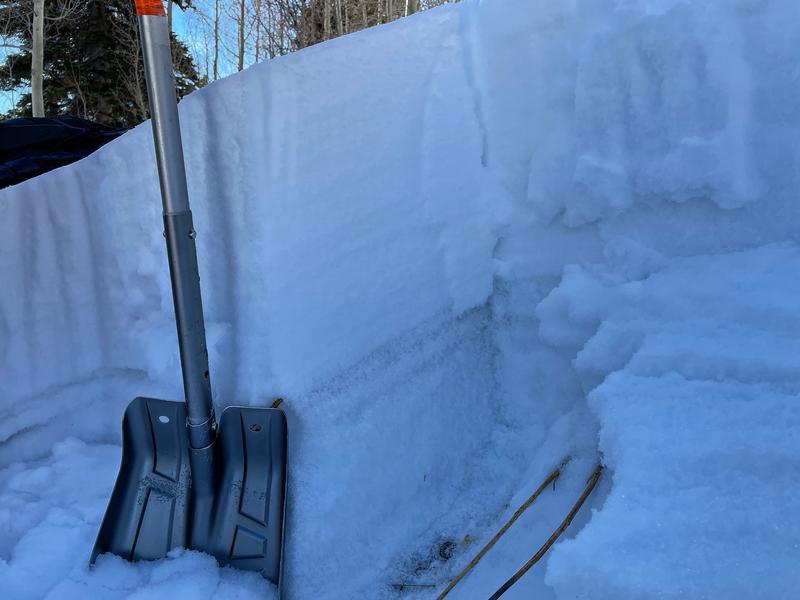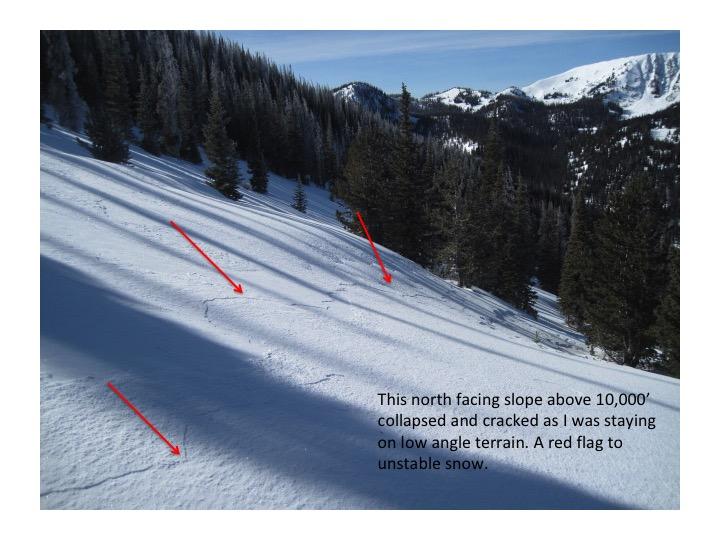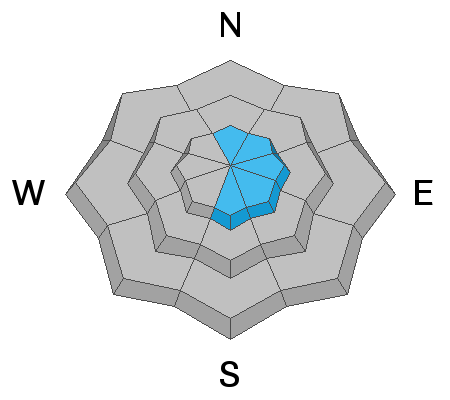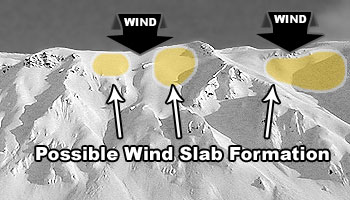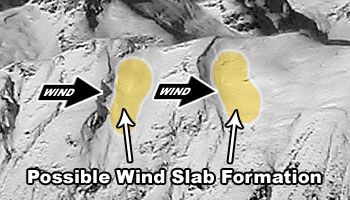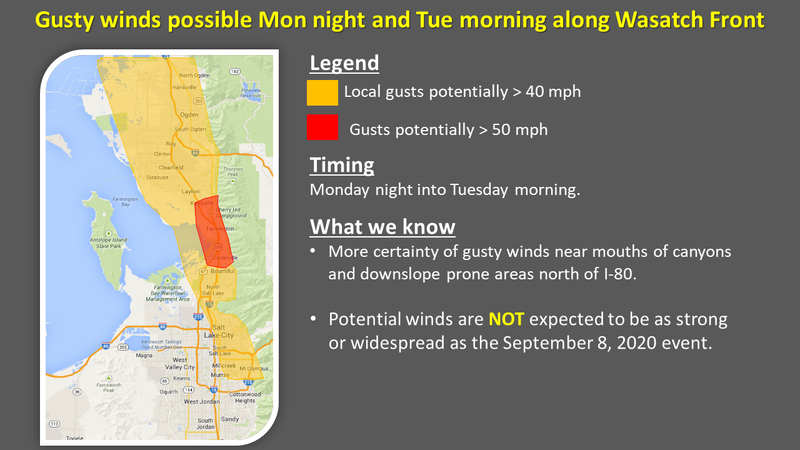Forecast for the Uintas Area Mountains

Issued by Craig Gordon on
Sunday morning, January 17, 2021
Sunday morning, January 17, 2021
Today you'll find MODERATE avalanche danger near and above treeline on slopes facing northwest through southeast. Ironically, these slopes have the best coverage and the most snow. Human triggered avalanches are POSSIBLE, especially on slopes loaded by recent winds. Any slide triggered may break into old, weak, faceted snow, creating a larger avalanche than you might expect.
All other slopes at low elevations and those facing west and south offer minimal snow and generally LOW avalanche danger.
The best places to ride are shaded slopes near treeline with the deepest snow. But you'll need to put some thought into it... avoid slopes with fresh drifts and terrain steeper than 30 degrees and you'll avoid avalanches.
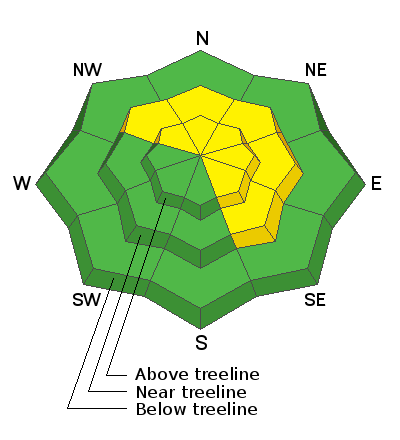
Low
Moderate
Considerable
High
Extreme
Learn how to read the forecast here


